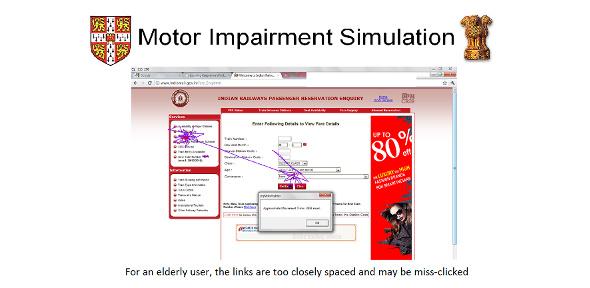
Researchers at Cambridge University Engineering Design Centre are playing a key role in the recently announced Phase 2 of the India-UK Advanced Technology Centre; the largest India-UK ICT research collaboration, which employs 200 scientists in both countries, announced by the UK's Minister for Universities and Science David Willetts, during a meeting with Indian Science and Technology Minister Vilasrao Deshmukh in London.
The project aims to develop next generation telecommunications networks - leveraging state-of-the-art technologies in sensor network and multimodal interaction to provide a plethora of services such as: e-Governance, education, e-Health, social networking and communication in disaster management for rural and urban populations in both UK and India. This is a key part of the work of the India-UK Advanced Technology Centre (IU-ATC), a collaborative programme funded by the UK's Engineering and Physical Sciences Research Council (EPSRC), the Government of India's Department of Science and Technology (DST) and industrial partners in both countries. The goal is to make this technology accessible for end users across both UK and India.
Researchers, Dr Pat Langdon and Dr Pradipta Biswas will be building on recent research success developing UI technology to support adaptive user interfaces that are accessible to the wider range of users including the elderly and disabled. The novel Cambridge contribution is an interface that self-adapts to users capabilities and whose properties are controlled by an advanced user modelling and simulation process.
The process engages users in early design process, understands their requirements, formulates it in user models that provide simulation of users interaction and adaptation of electronic interfaces across a wide variety of platforms such as computer, kiosks, tablets, mobile phones and smart phones based on a range of abilities of users.
IU-ATC research will be carried out in collaboration with industrial partners in both countries; including BT and Toshiba Telecoms Research Labs, to maximise transfer to real applications.

